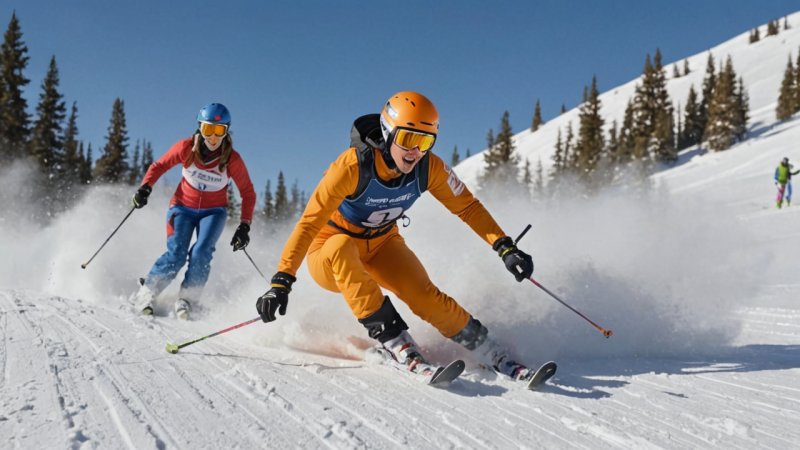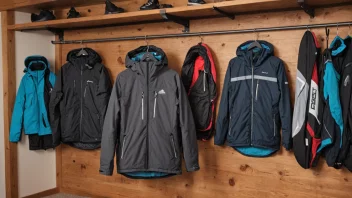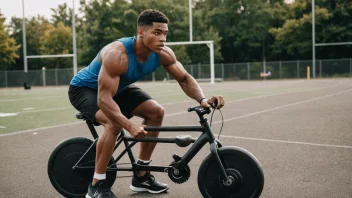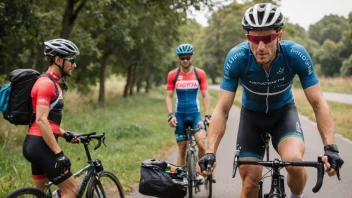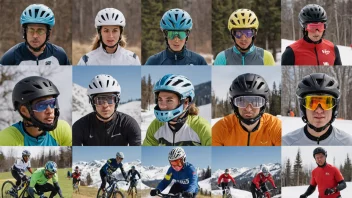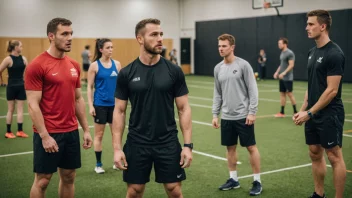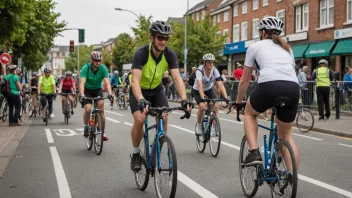The influence of peer pressure in winter sports can significantly affect athletes' performance and decision-making. Whether it’s pushing boundaries in snowboarding, skiing, or ice hockey, understanding how peer pressure operates can help athletes navigate their experiences more safely and effectively.
What is peer pressure in the context of winter sports?
Peer pressure refers to the influence exerted by friends, teammates, or fellow athletes that can encourage individuals to behave in certain ways, often pushing them to take risks or adopt behaviors that they may not have considered on their own.
How does peer pressure affect decision-making in winter sports?
Peer pressure can lead to both positive and negative decision-making. On the positive side, it can motivate athletes to improve their skills and push their limits. However, it can also encourage risky behaviors, such as attempting dangerous stunts without proper preparation or safety gear.
What are some common scenarios where peer pressure is evident in winter sports?
- Adopting risky techniques: Athletes may feel compelled to perform advanced tricks or stunts to gain approval.
- Group participation: The desire to fit in can lead individuals to join in on activities that exceed their comfort or skill level.
- Ignoring safety measures: In pursuit of acceptance, some may neglect proper safety protocols, like wearing helmets or protective gear.
How can athletes manage peer pressure effectively?
- Set personal goals: By focusing on individual objectives, athletes can prioritize their own development over external validation.
- Communicate openly: Discussing feelings and concerns with peers can foster a supportive environment where safety is paramount.
- Seek mentorship: Experienced athletes or coaches can provide guidance and help navigate peer influences.
What role do coaches and instructors play in addressing peer pressure?
Coaches and instructors are crucial in creating a culture of safety and support. By promoting open communication and emphasizing the importance of safety gear and responsible behavior, they can help athletes resist negative peer influences.
Are there any psychological effects of peer pressure in winter sports?
Yes, the psychological effects can be significant. Athletes may experience anxiety or stress when they feel pressured to perform or conform. This can lead to diminished performance or even withdrawal from the sport if the pressure feels overwhelming.
How can athletes encourage a positive peer culture in winter sports?
Encouraging a positive peer culture involves celebrating individual achievements, promoting safety, and supporting one another’s choices. Athletes can lead by example, demonstrating that it’s okay to prioritize safety and personal growth over competition.
What advice do experts give regarding peer pressure in winter sports?
Experts suggest that athletes should develop a strong sense of self-awareness and confidence. Understanding personal limits and values can help individuals resist negative peer influences. Additionally, engaging in discussions about safety and risk can empower athletes to make informed decisions.
How can parents support their children in navigating peer pressure in winter sports?
Parents can support their children by fostering open communication about their experiences in sports. Encouraging participation in age-appropriate activities and emphasizing the importance of safety gear can also help children feel more secure in their choices.
What are some resources for further reading on peer pressure and winter sports?
Many organizations and websites provide valuable resources on sports psychology and peer influences. Reputable sports organizations often have articles and guidelines on managing peer pressure in sports settings.
